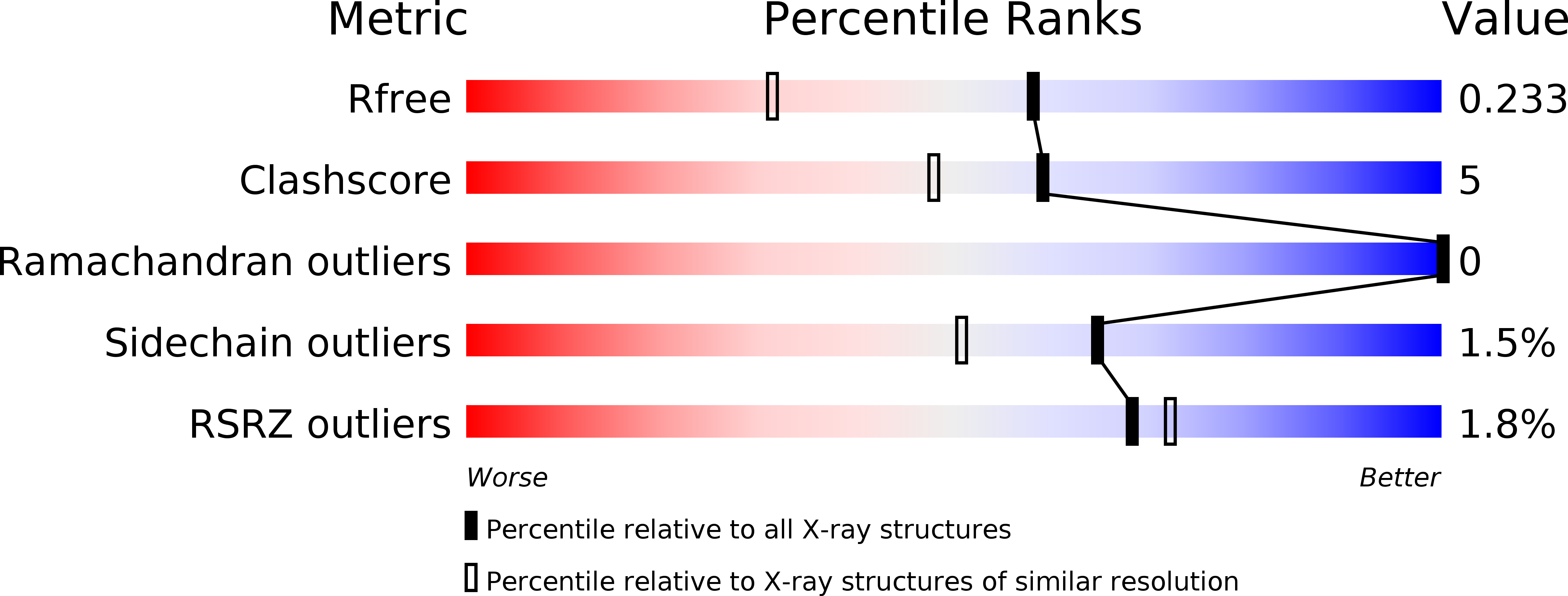
Deposition Date
2008-01-16
Release Date
2008-02-19
Last Version Date
2023-08-30
Method Details:
Experimental Method:
Resolution:
1.69 Å
R-Value Free:
0.23
R-Value Work:
0.19
R-Value Observed:
0.19
Space Group:
C 1 2 1


